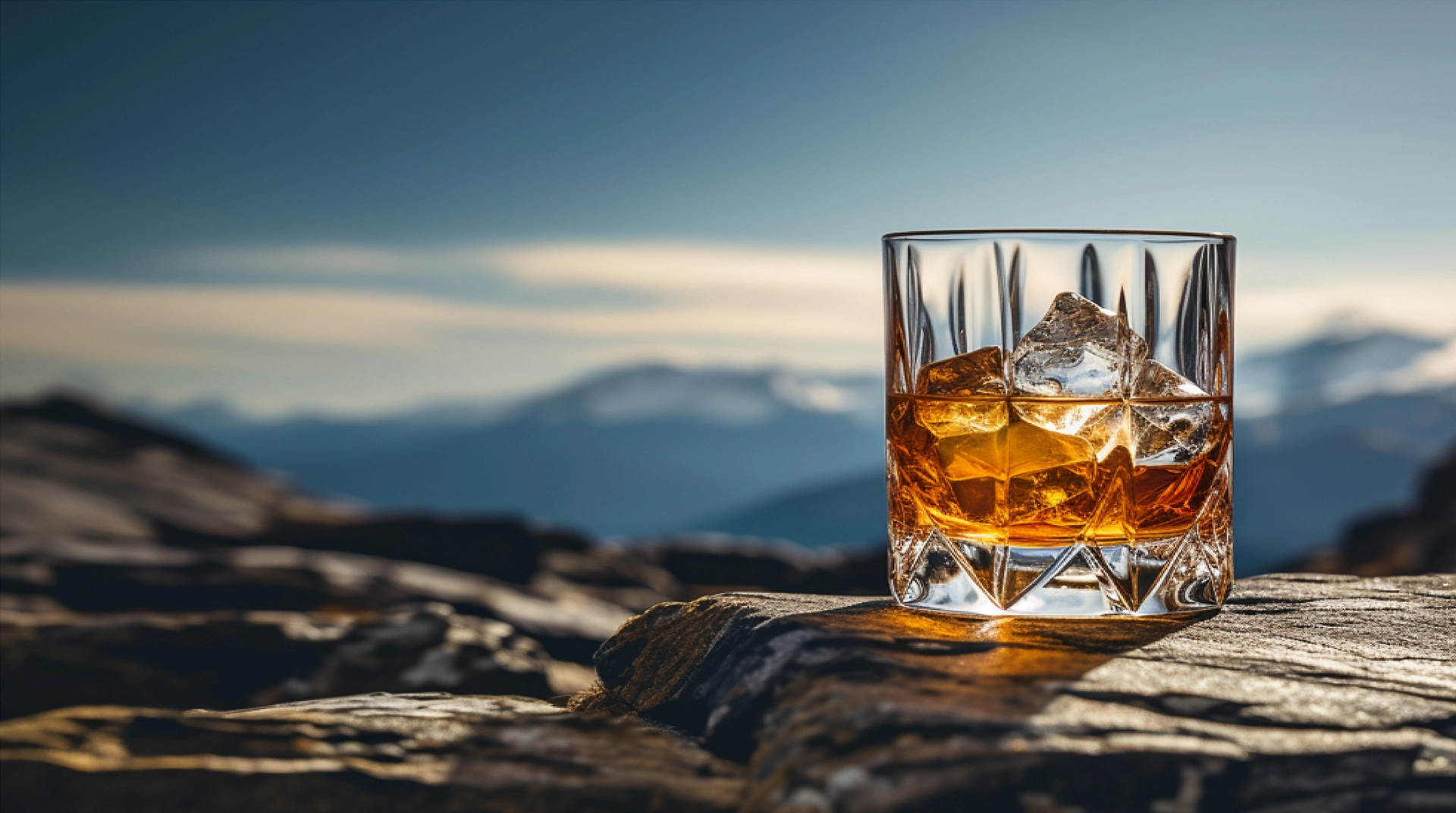
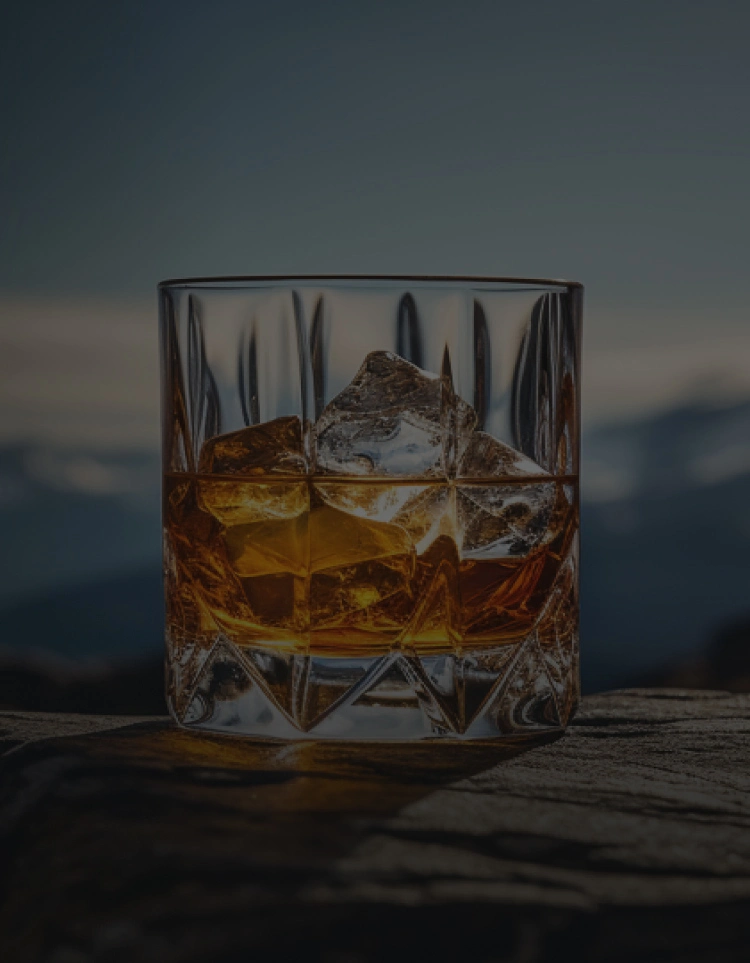

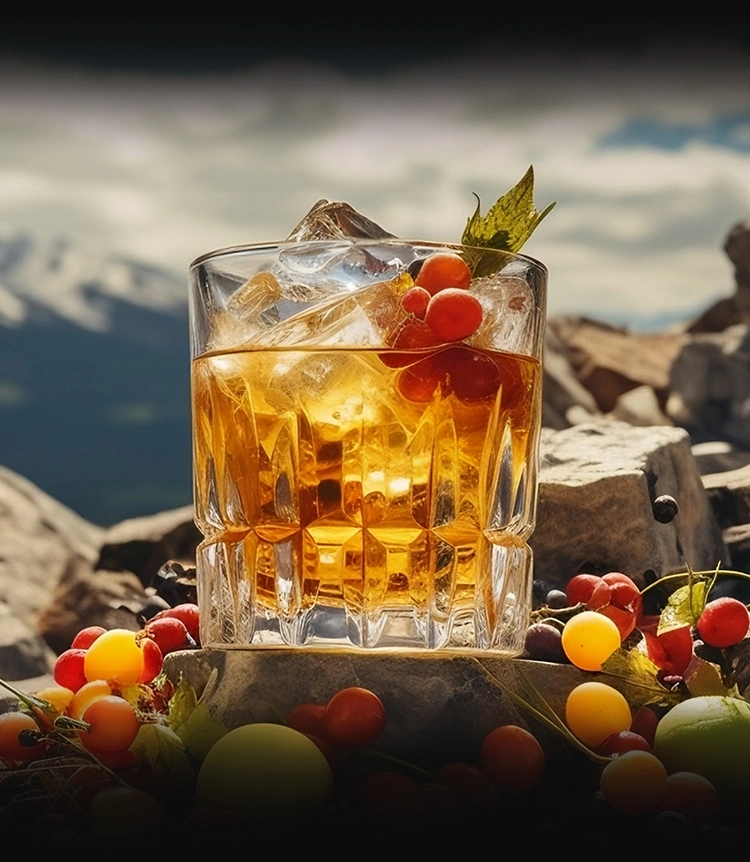
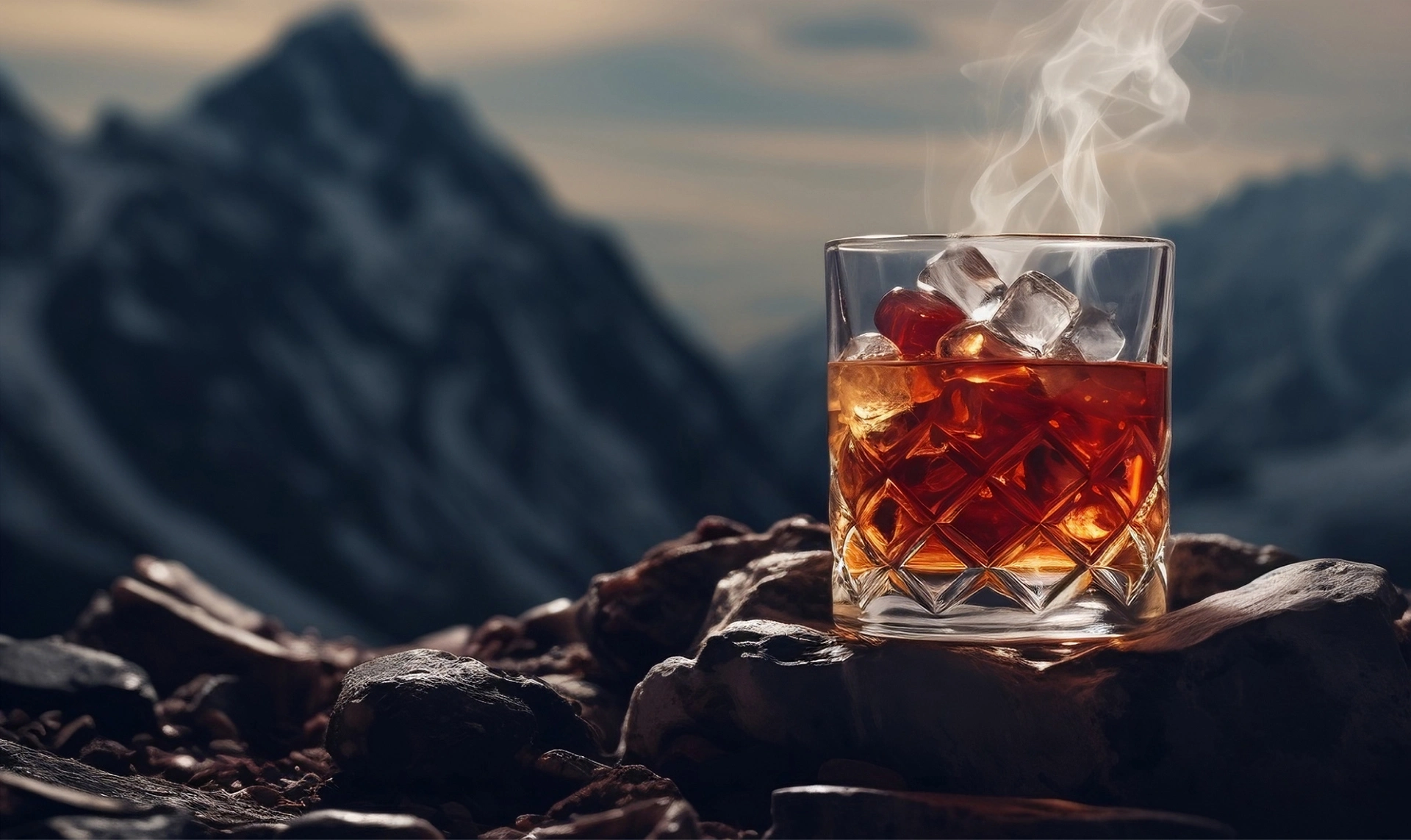





What flavor is rye commonly described as having compared to other grains?
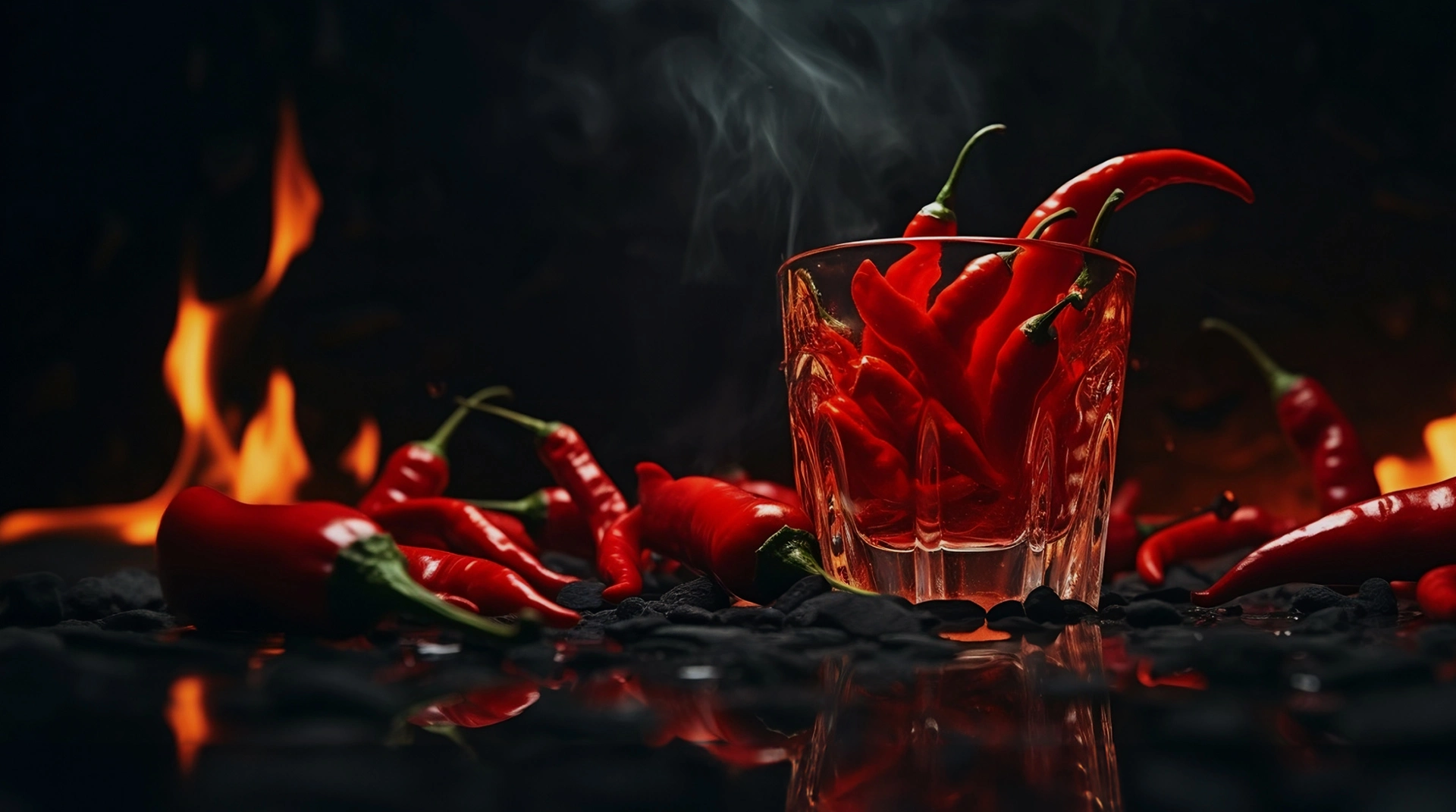
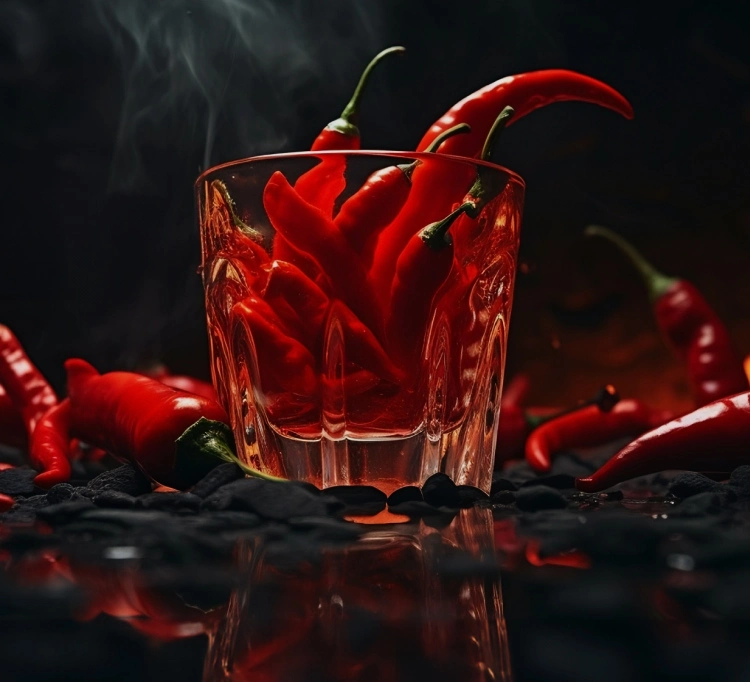
CORRECT!
Spice, spice, baby. That’s right. Rye is naturally spicier than other grains such as corn and wheat, resulting in a firery kick to the whiskey. People often describe rye as having a black pepper or clove-like taste.


INCORRECT!
Spice, spice, baby. Actually, rye is naturally spicier than other grains such as corn and wheat, resulting in a firery kick to the whiskey. People often describe rye as having a black pepper or clove-like taste.








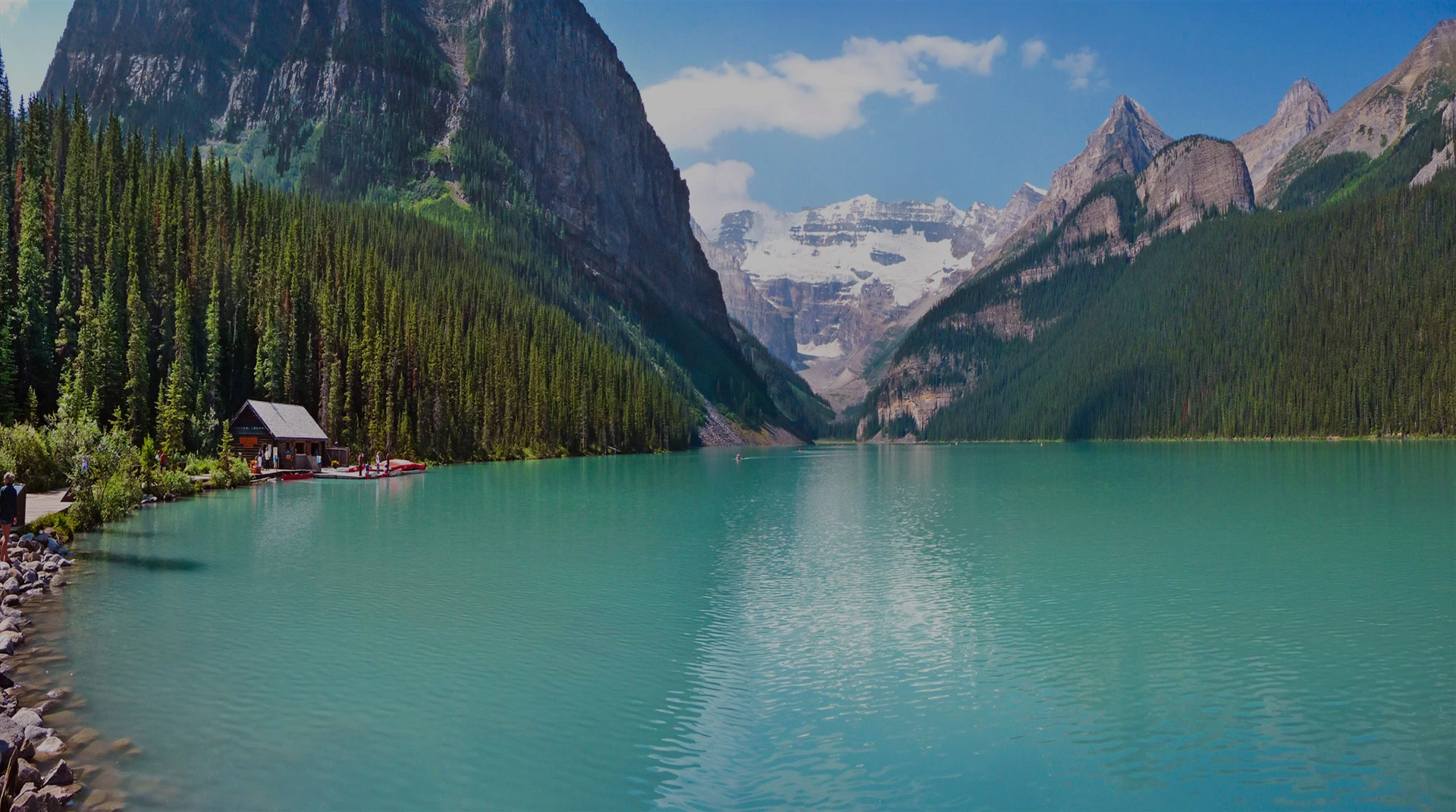












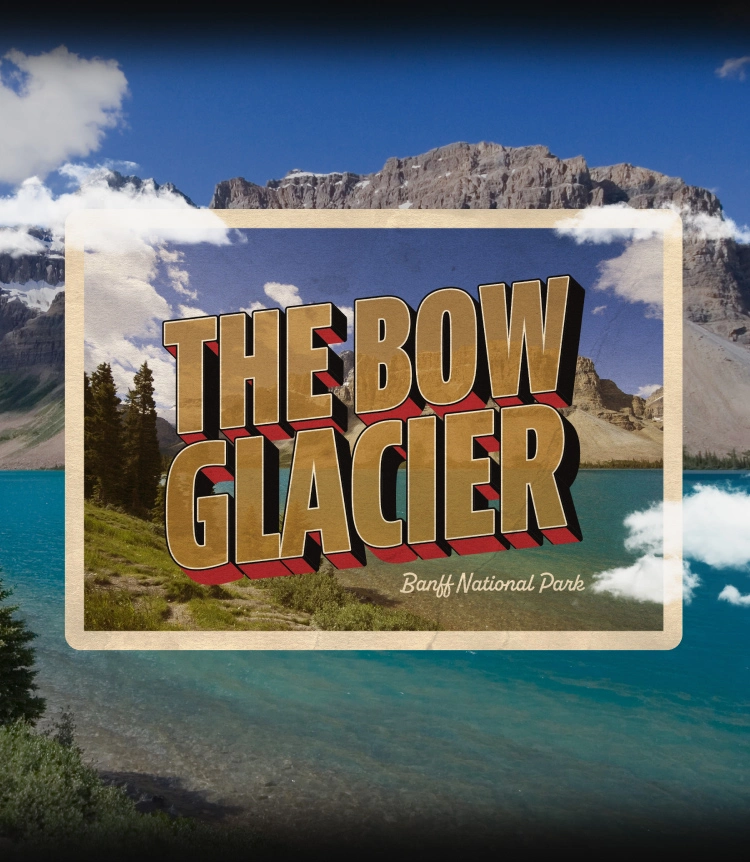
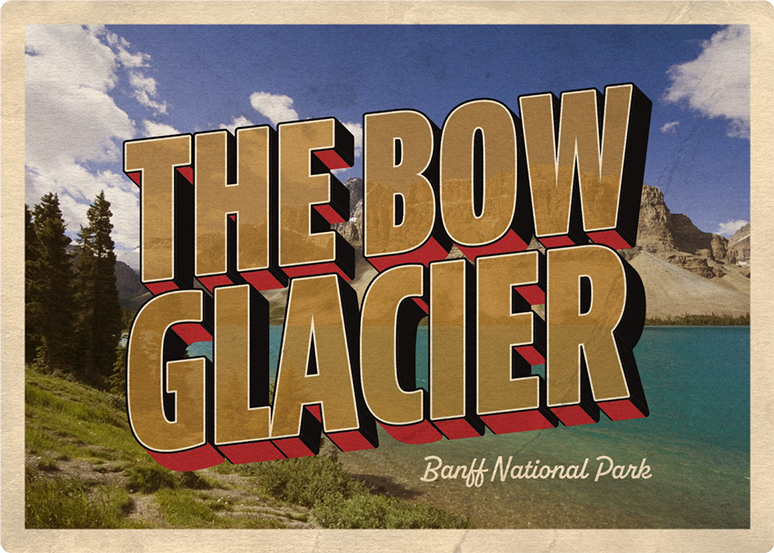



Where does Alberta Distillers source its water from?


CORRECT!
That’s right, Alberta Distiller sources its water from the beautiful Bow Glacier in Banff National Park in Alberta, Canada. Since our founding days, we’ve crafted our spirits with pride from Canadian prairie grains grown by local farmers, all carefully blended with water fed from the snow-capped peaks of local mountains.


INCORRECT!
Not quite. Alberta Distiller sources its water from the beautiful Bow Glacier in Banff National Park in Alberta, Canada. Since our founding days, we’ve crafted our spirits with pride from Canadian prairie grains grown by local farmers, all carefully blended with water fed from the snow-capped peaks of local mountains.


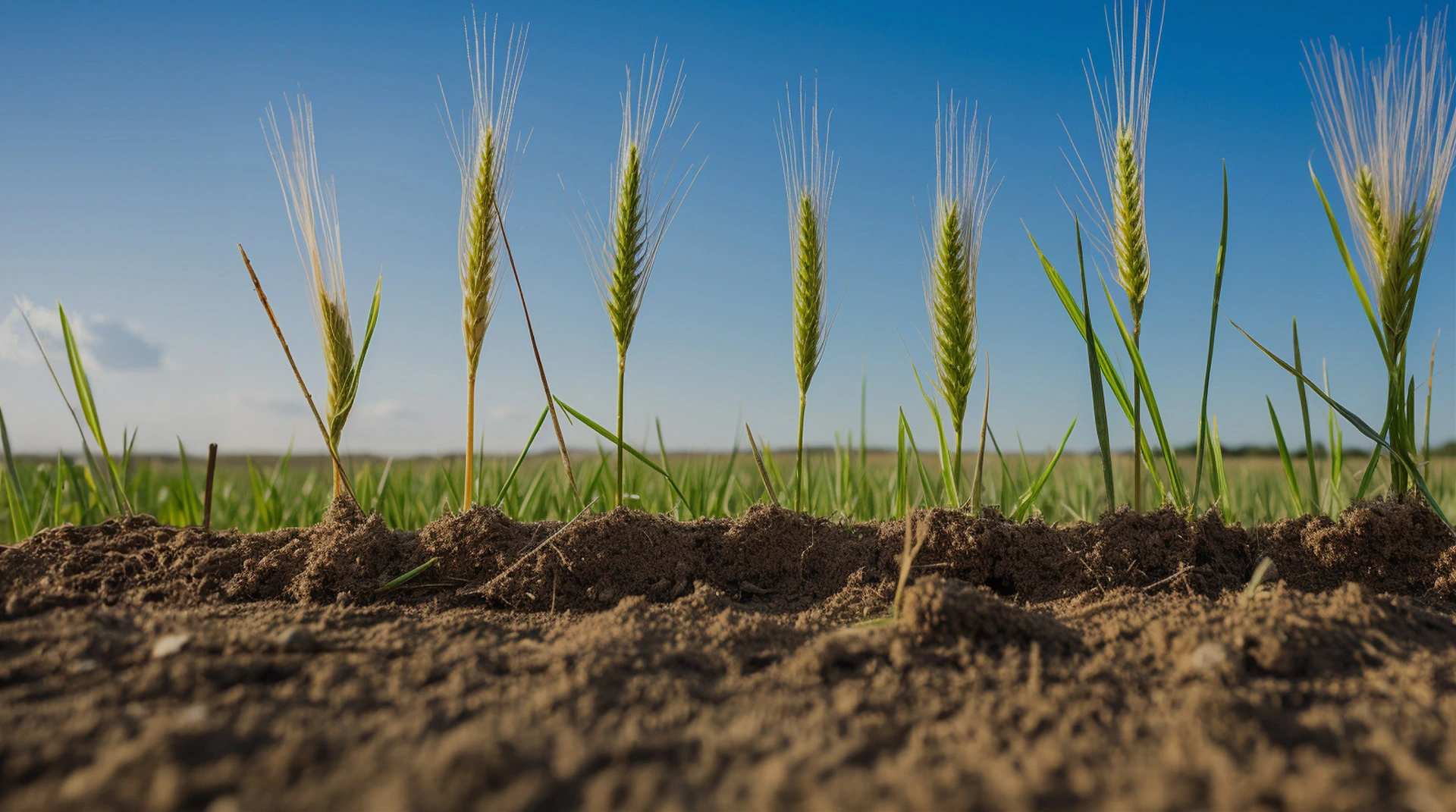






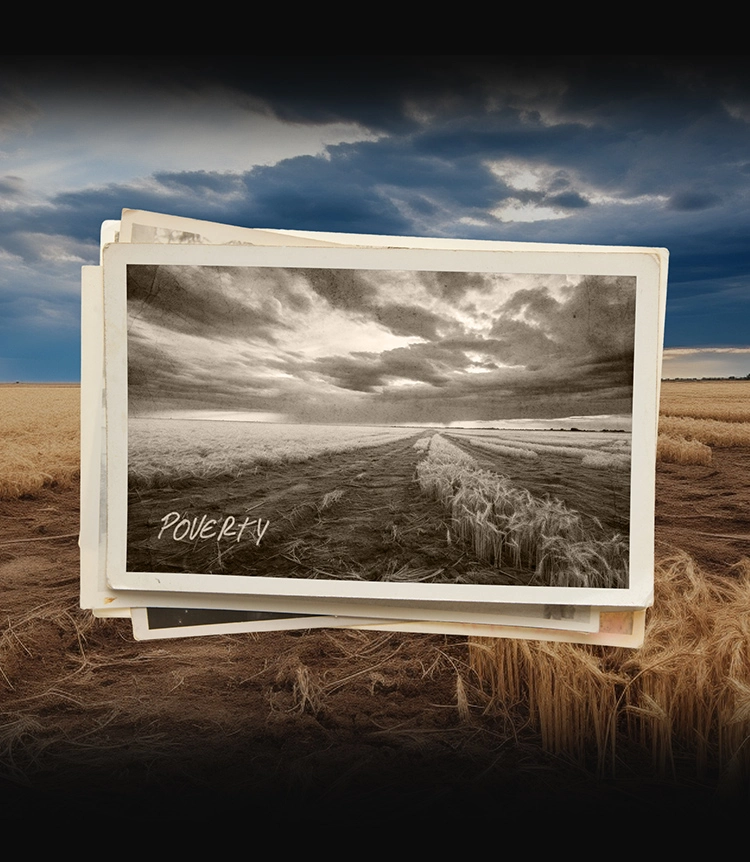
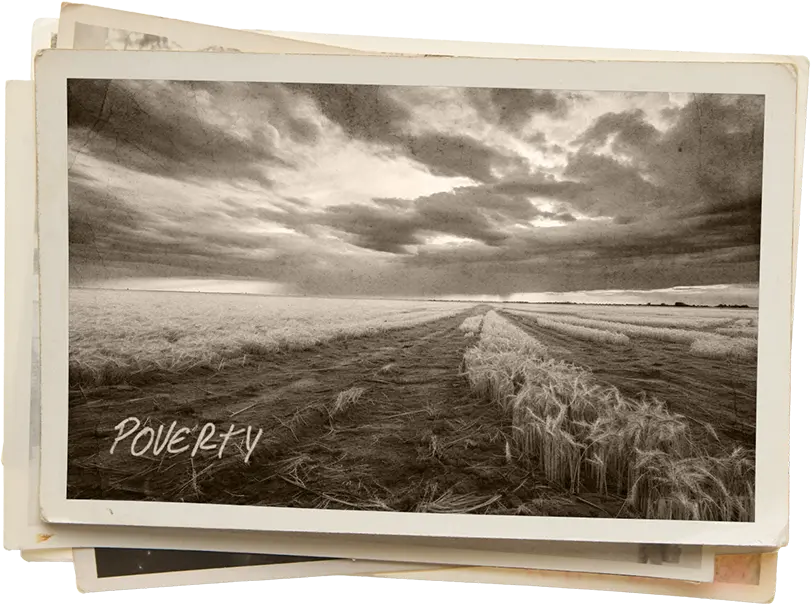

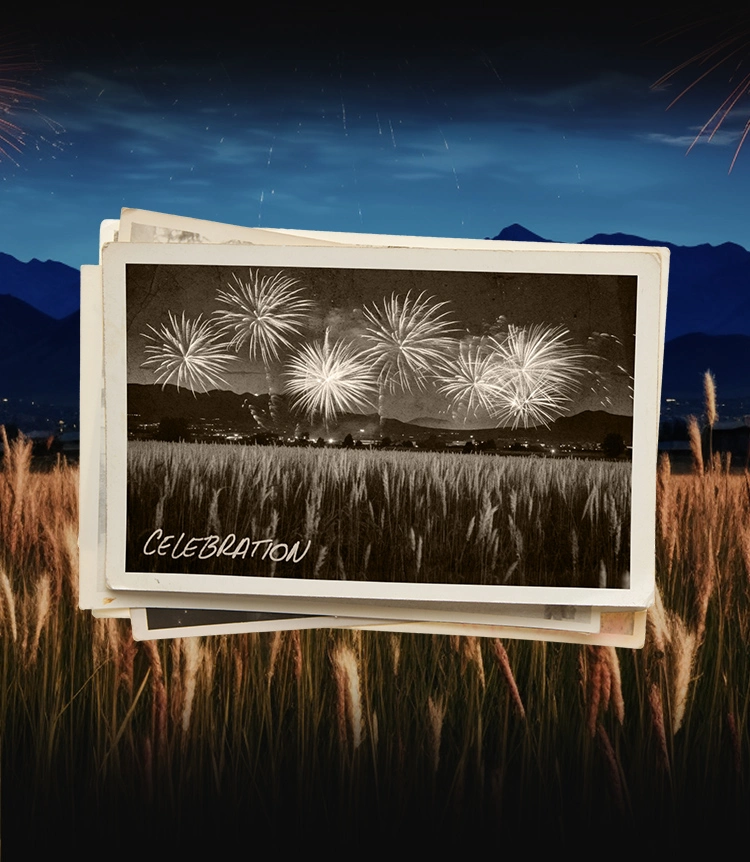

Rye is known as the grain of what?

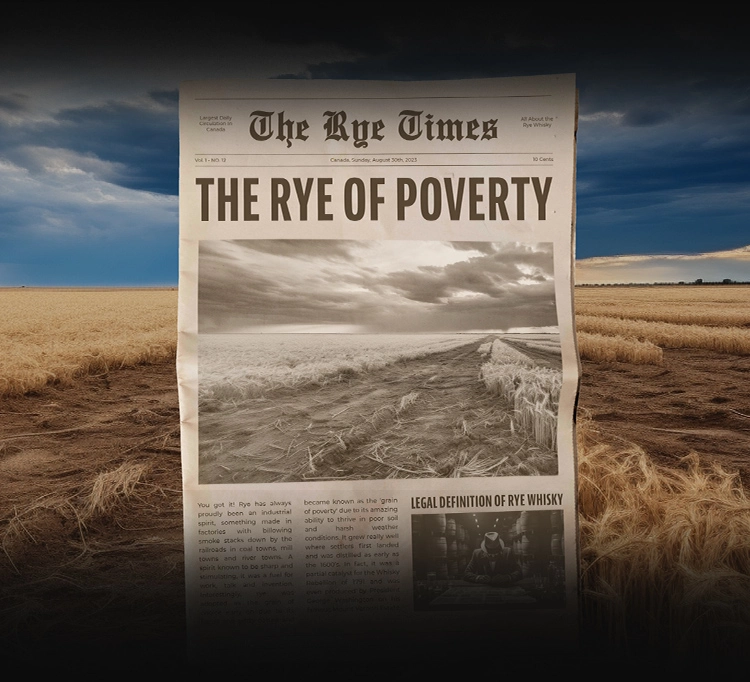
CORRECT!
You got it! Rye has always proudly been an industrial spirit, something made in factories with billowing smoke stacks down by the railroads in coal towns, mill towns and river towns. A spirit known to be sharp and stimulating, it was a fuel for work, talk and invention. Interestingly, rye was adopted as the grain of choice early on due to its hardy and gritty nature and became known as the ‘grain of poverty’ due to its amazing ability to thrive in poor soil and harsh weather conditions. It grew really well where settlers first landed and was distilled as early as the 1600’s. In fact, it was a partial catalyst for the Whisky Rebellion of 1791 and was even produced by President George Washington on his famous Mount Vernon Estate.


INCORRECT!
Actually, rye is known as the grain of poverty. Rye has always proudly been an industrial spirit, something made in factories with billowing smoke stacks down by the railroads in coal towns, mill towns and river towns. A spirit known to be sharp and stimulating, it was a fuel for work, talk and invention. Interestingly, rye was adopted as the grain of choice early on due to its hardy and gritty nature and became known as the ‘grain of poverty’ due to its amazing ability to thrive in poor soil and harsh weather conditions. It grew really well where settlers first landed and was distilled as early as the 1600’s. In fact, it was a partial catalyst for the Whisky Rebellion of 1791 and was even produced by President George Washington on his famous Mount Vernon Estate.
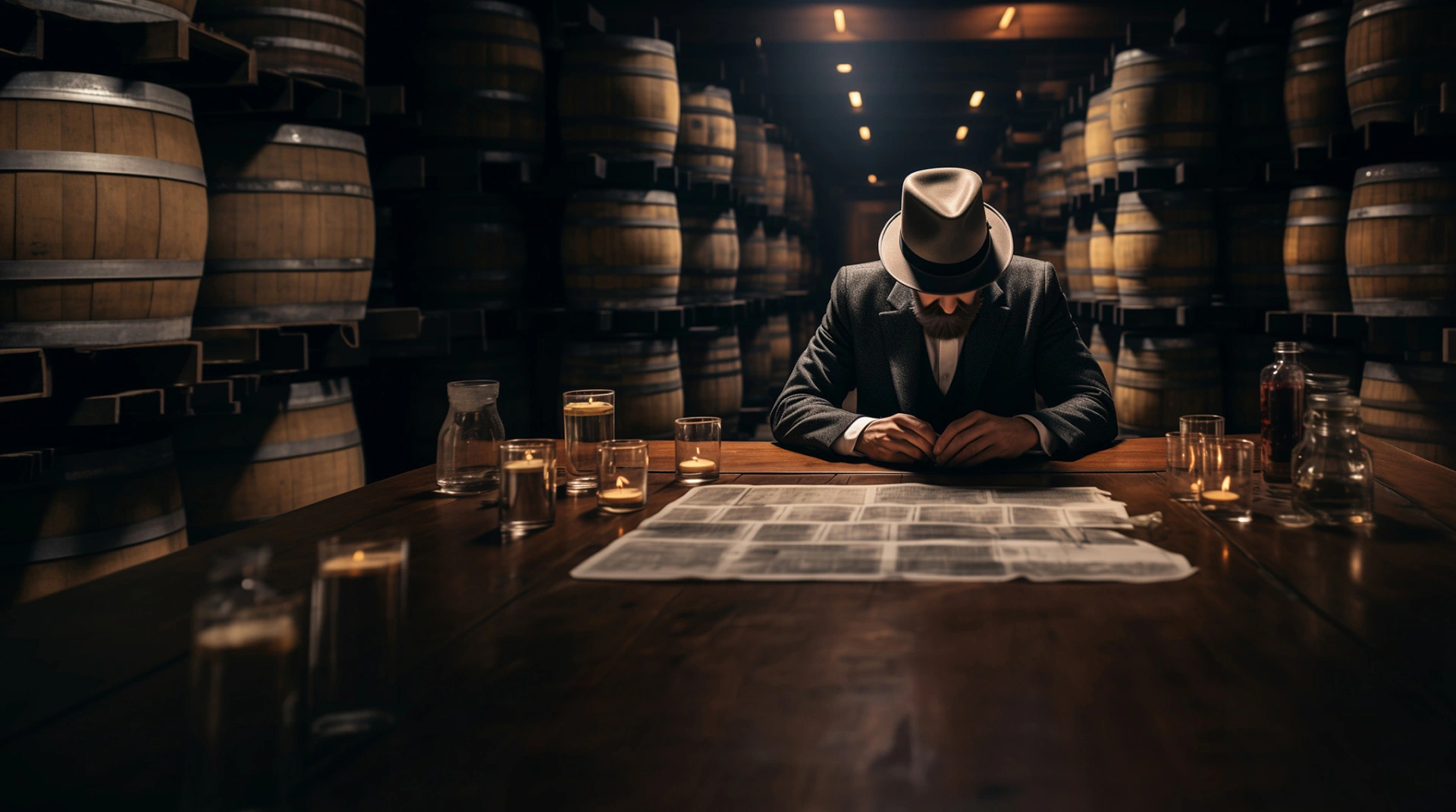

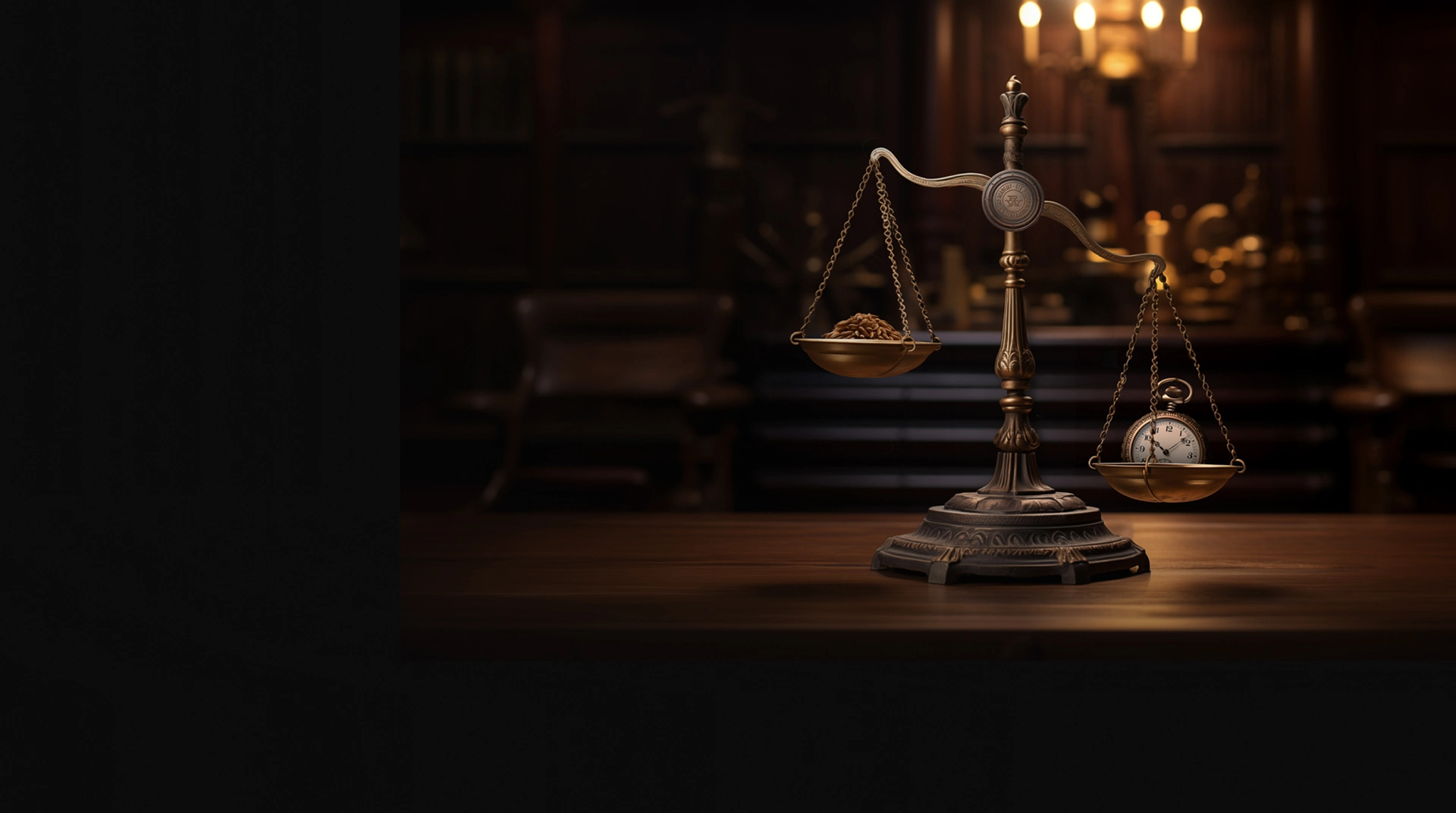
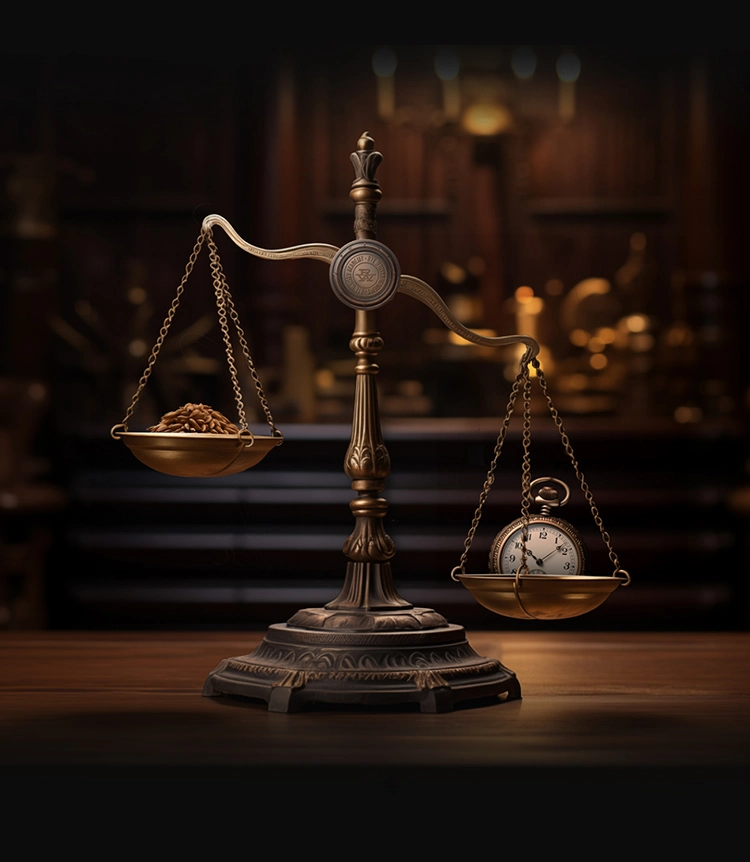
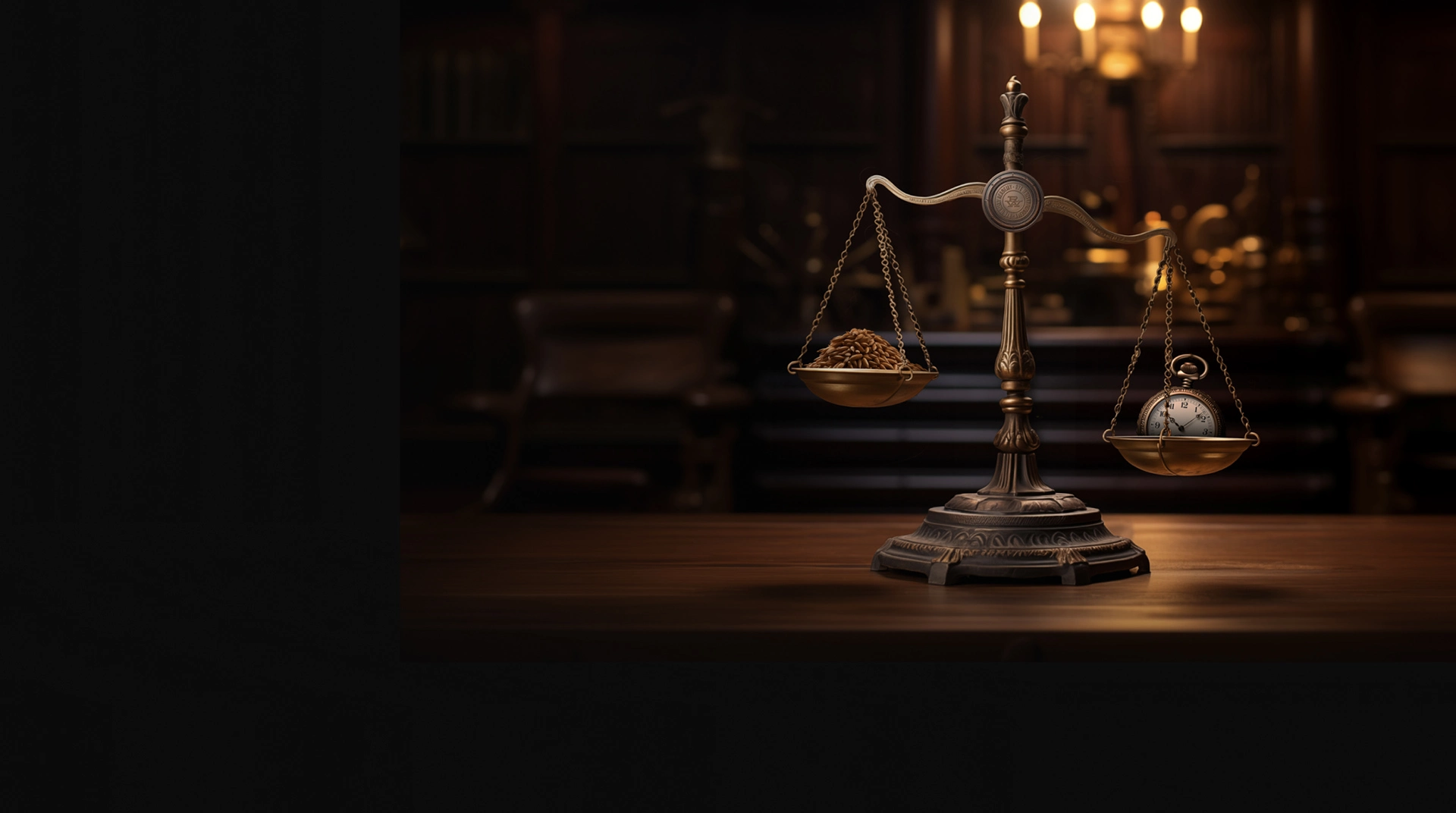




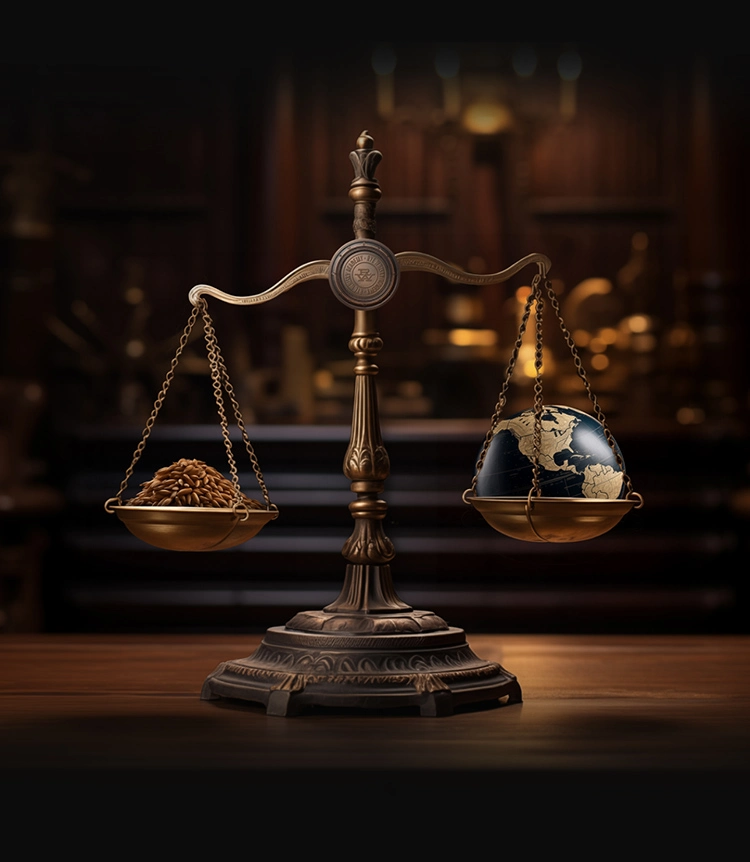
What is the legal definition of rye whisky?


CORRECT!
That’s rye-ght. It changes depending on the country of origin. In Canada, whisky can be referred to as ‘rye whisky’ whether it actually contains rye as an ingredient or not! So some rye whiskies claiming to be rye may not have any or much rye at all. As advocates, evangelists, defenders and protectors of rye – we always strive to be better! So we’re fighting the good fight, and see that our own regulations better represent whiskies, including rye whisky.


INCORRECT!
Actually, it changes depending on the country of origin. In Canada, whisky can can be referred to as ‘rye whisky’ whether it actually contains rye as an ingredient or not! So some rye whiskies claiming to be rye may not have any or much rye at all. As advocates, evangelists, defenders and protectors of rye – we always strive to be better! So we’re fighting the good fight, and see that our own regulations better represent whiskies, including rye whisky.

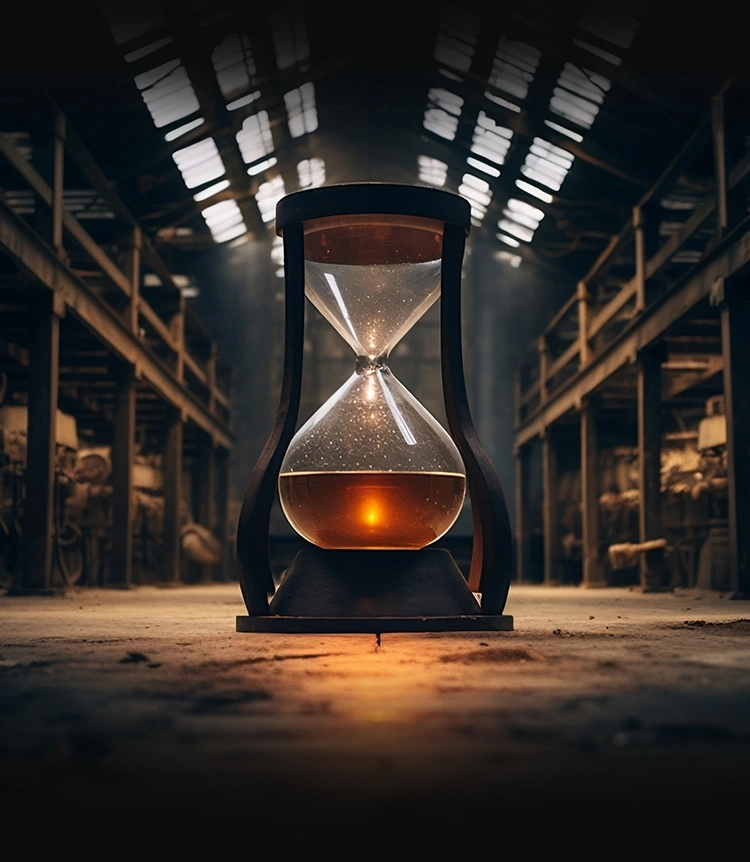

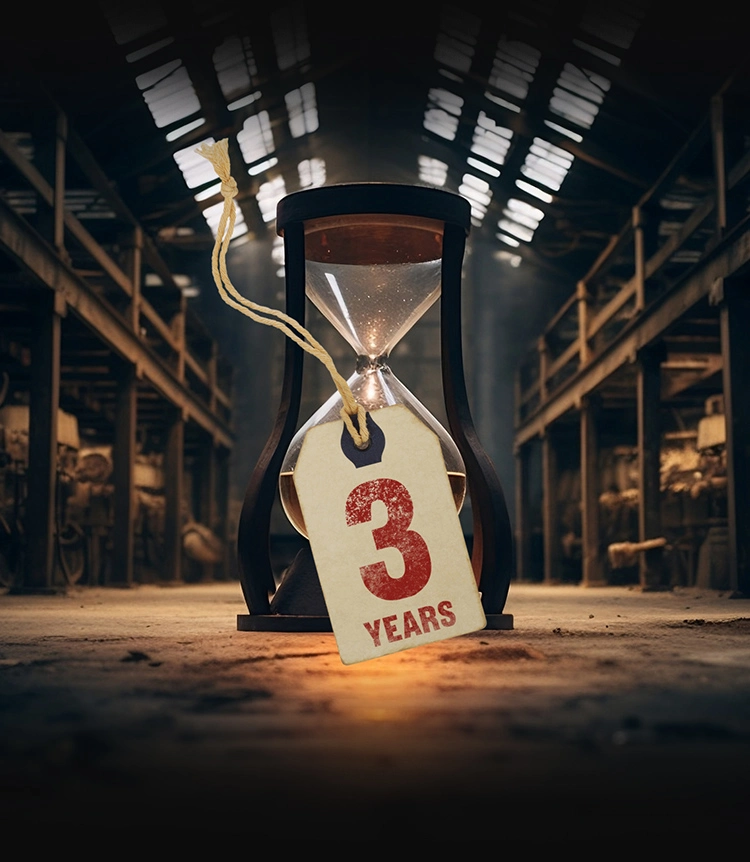






While we're on the topic, what is the minimum requirement for aging rye whisky?


CORRECT!
Three! They say the older the better when it comes to aging a fine spirit like whisky, and while that may mean even more for the angels in the warehouse heavens, we age our whisky longer than the legal minimum requirements of 3 years in small, 200 litre wood barrels, instead of the max size of 700L barrels, for unique quality and taste.


INCORRECT!
Not quite, it’s actually 3 years. They say the older the better when it comes to aging a fine spirit like whisky, and while that may mean even more for the angels in the warehouse heavens, we age our whisky longer than the legal minimum requirements of 3 years in small, 200 litre wood barrels, instead of the max size of 700L barrels, for unique quality and taste.
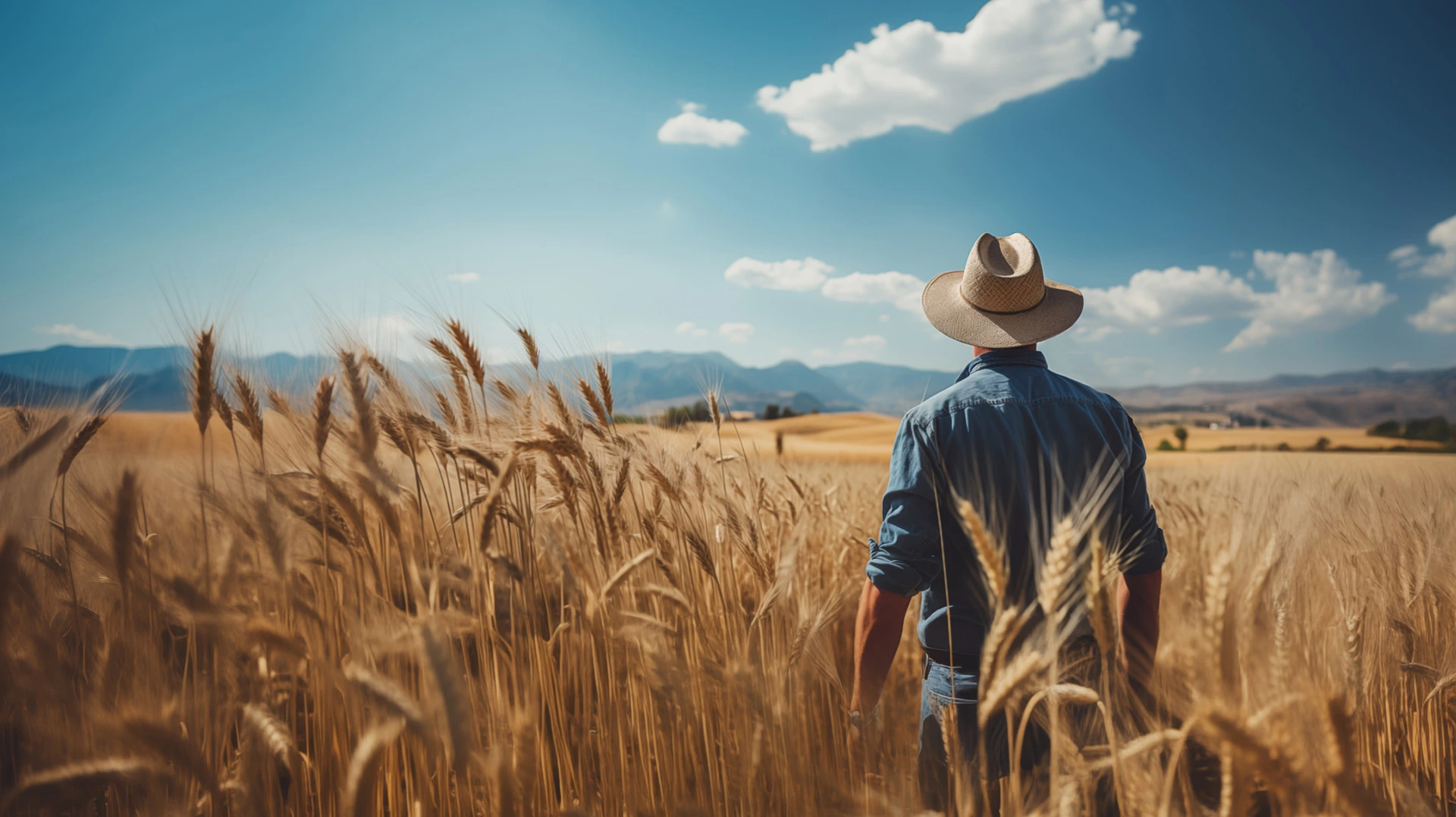









Rye is a notoriously difficult grain to work with, why is that?


CORRECT!
Rye grain is much more tolerant of cold weather and poor soil than most cereal grains. Its high tolerance to harsh weather allows it to thrive in our Canadian Rockies where there are waves of dry, hot summers and long, cold harsh winters. But what makes rye grain difficult to work with is its grain processing. Rye grain contains a higher portion of complex sugars which are not easily broken down. When hydrated, it becomes thick and “sticky” and during fermentation the sticky mash binds together, creating difficulty in moving the mash and pumping it to the distillation process. It takes a unique formula of enzymes to break it down and ADL is one of the few (if not the only) distillery on Earth that produces their unique enzyme on site.


INCORRECT!
Rye grain is much more tolerant of cold weather and poor soil than most cereal grains. Its high tolerance to harsh weather allows it to thrive in our Canadian Rockies where there are waves of dry, hot summers and long, cold harsh winters. But what makes rye grain difficult to work with is its grain processing. Rye grain contains a higher portion of complex sugars which are not easily broken down. When hydrated, it becomes thick and “sticky” and during fermentation the sticky mash binds together, creating difficulty in moving the mash and pumping it to the distillation process. It takes a unique formula of enzymes to break it down and ADL is one of the few (if not the only) distillery on Earth that produces their unique enzyme on site.
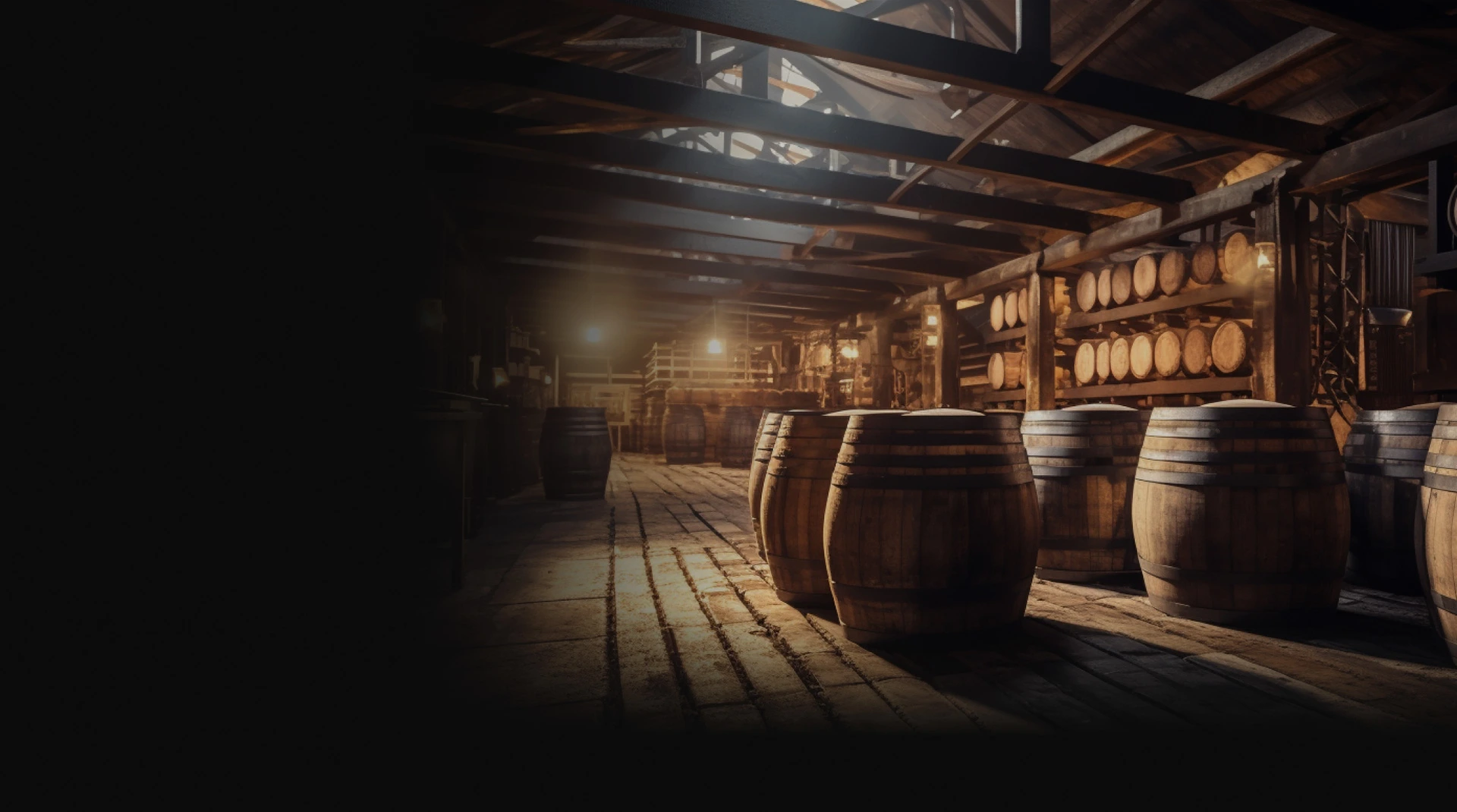



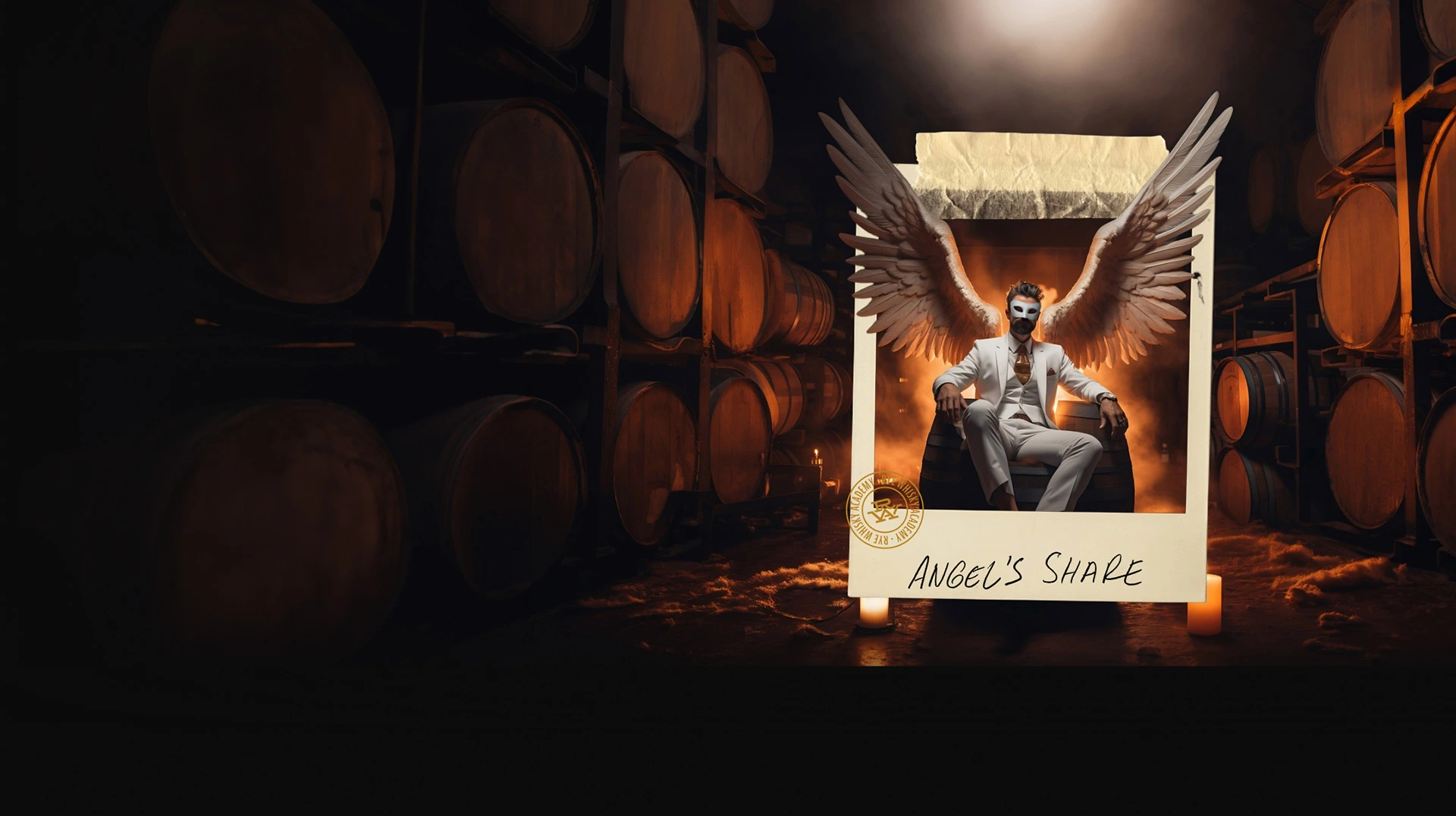



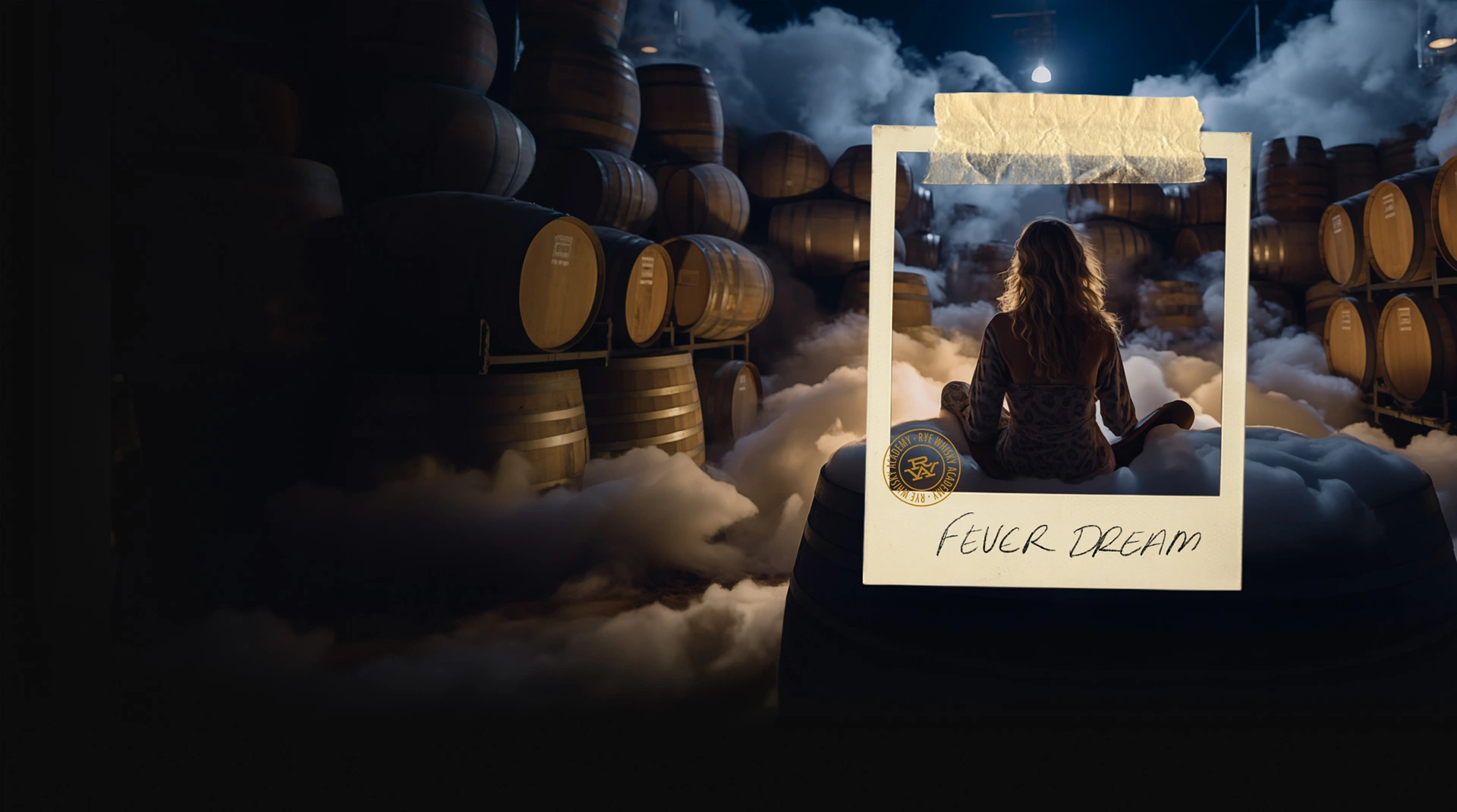

In the rack-house, rye begins its aging process. When the barrels are resting, a portion of the rye spirit evaporates and is lost forever. That portion of whisky is referred to as what?
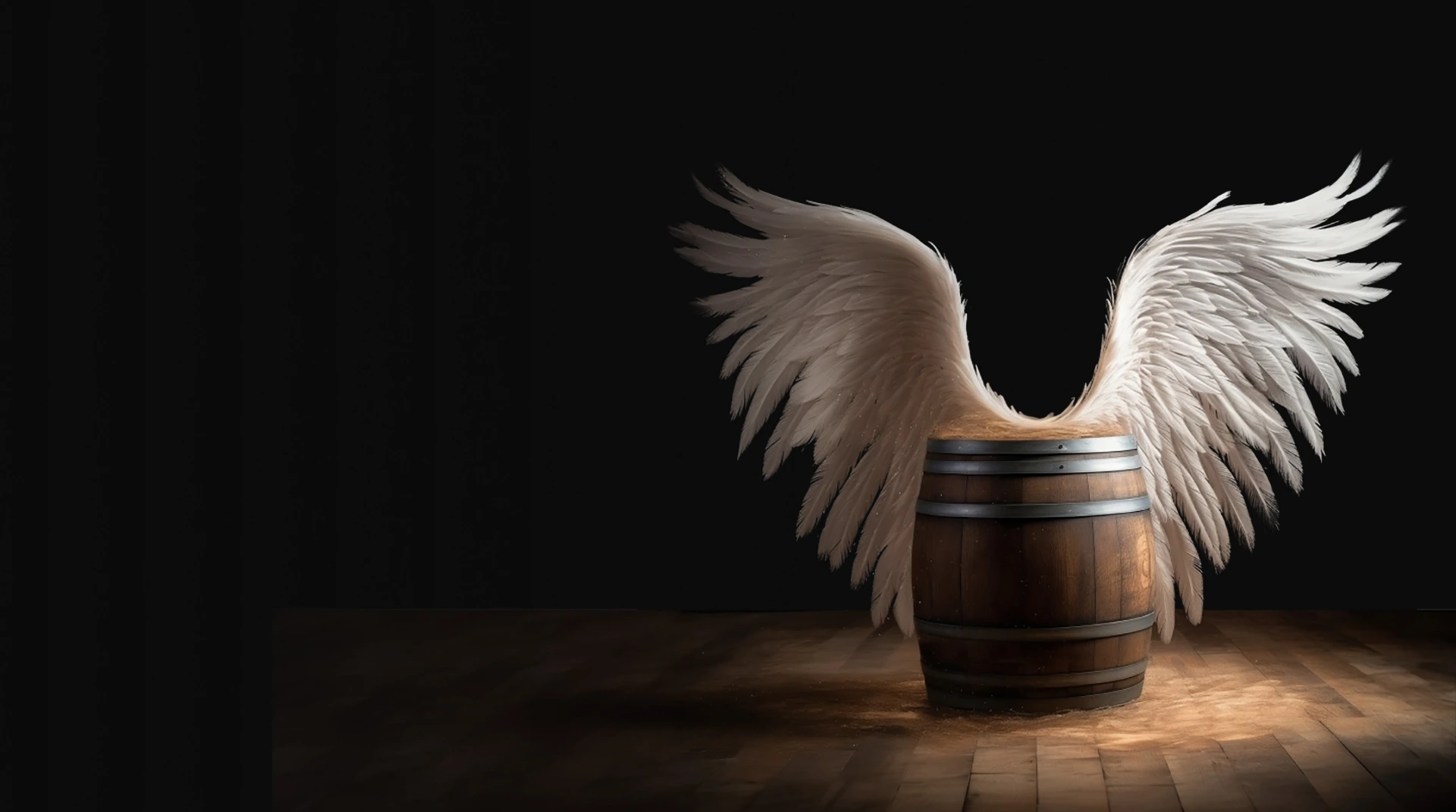
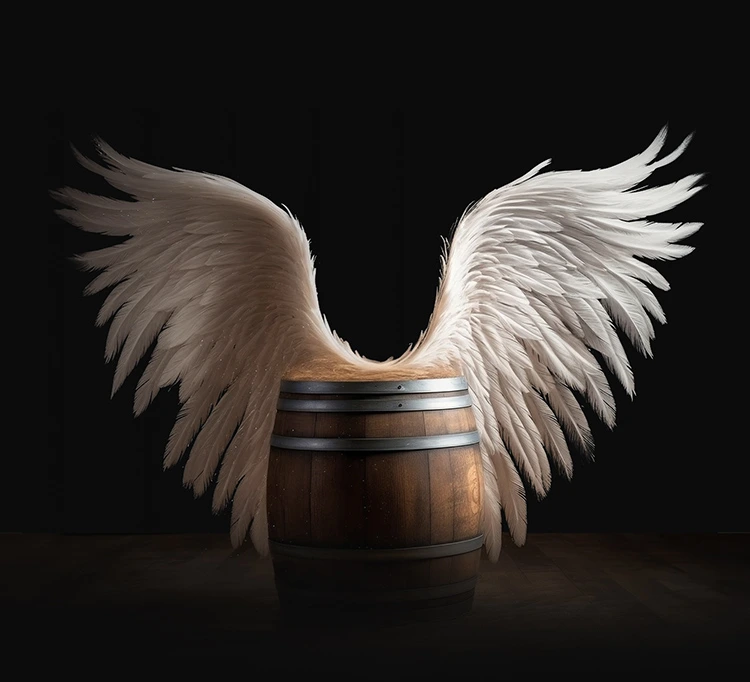
CORRECT!
Thankfully, the angels always get their fair share of the rye whisky! There’s also something kind of angelic about the barrels that we store our spirits in and how we do it. Our ‘barrel care’ program is incredibly unique with the level of care we take to make our whisky can sleep in a safe barrel. This includes how we treat the wood and we also follow a multi-stage inspection too. To craft our finest rye whisky, our process includes all three streams, whereas most distilleries use two types (once used bourbon barrels and reuse and Canadian whisky barrels). Using all three types allows us to create an incredible formula for fine spirit to allow us to age it to perfection and when the spirit is drained it ensures that it’s been matured to the very best quality. Besides the Canadian Whisky barrel (a barrel which has been reused several times) and the ‘once used’ bourbon barrels, we also use the new white oak, #4 char. Learn more about that here.


INCORRECT!
Thankfully the angels always get their fair share of the rye whisky! There’s also something kind of angelic about the barrels that we store our spirits in and how we do it. Our ‘barrel care’ program is incredibly unique with the level of care we take to make our whisky can sleep in a safe barrel. This includes how we treat the wood and we also follow a multi-stage inspection too. To craft our finest rye whisky, our process includes all three streams, whereas most distilleries use two types (once used bourbon barrels and reuse and Canadian whisky barrels). Using all three types allows us to create an incredible formula for fine spirit to allow us to age it to perfection and when the spirit is drained it ensures that it’s been matured to the very best quality. Besides the Canadian Whisky barrel (a barrel which has been reused several times) and the ‘once used’ bourbon barrels, we also use the new white oak, #4 char. Learn more about that here.

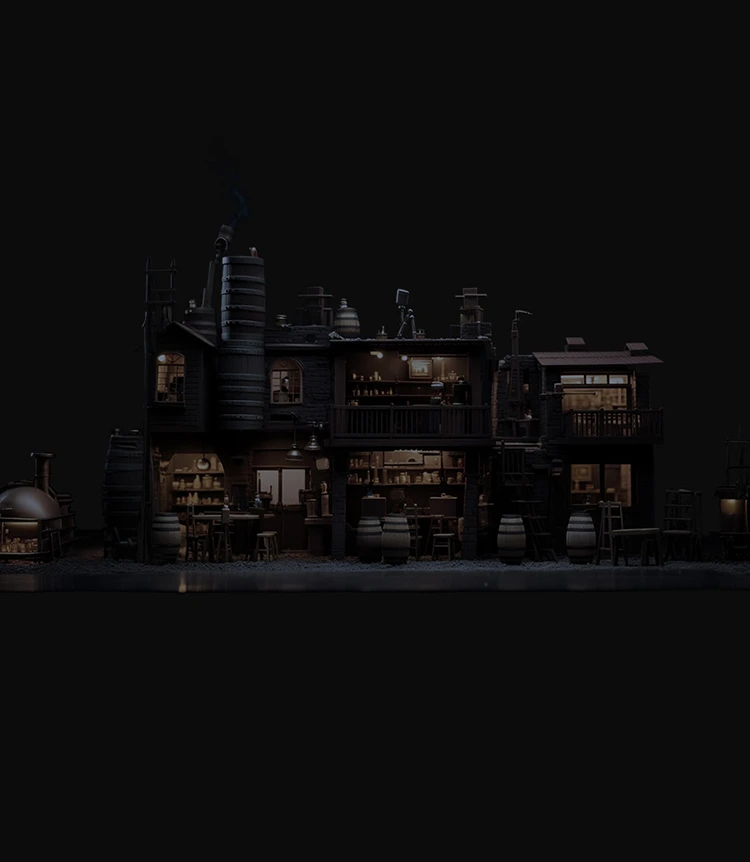



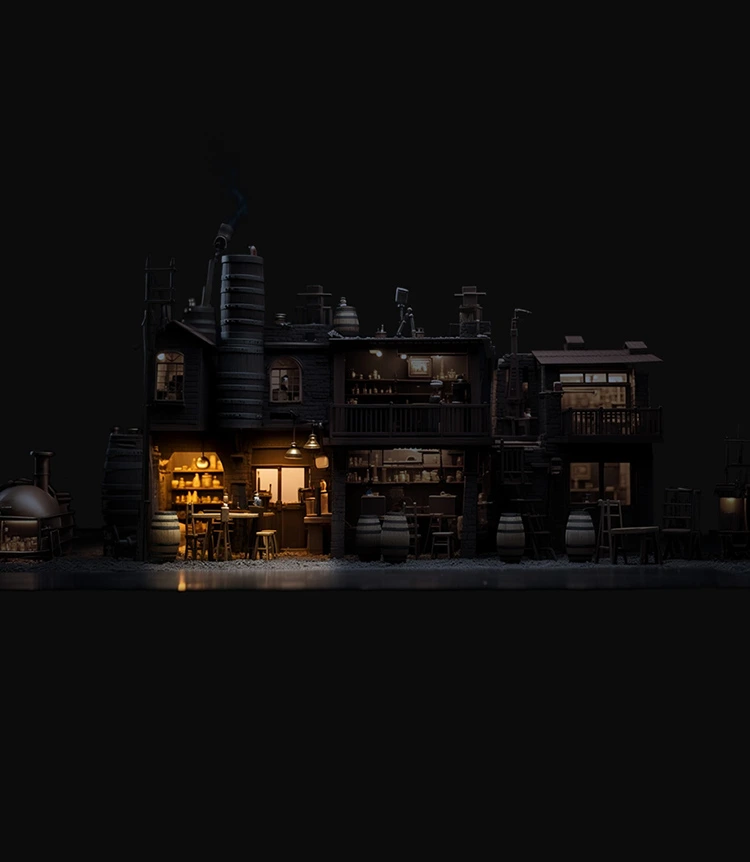


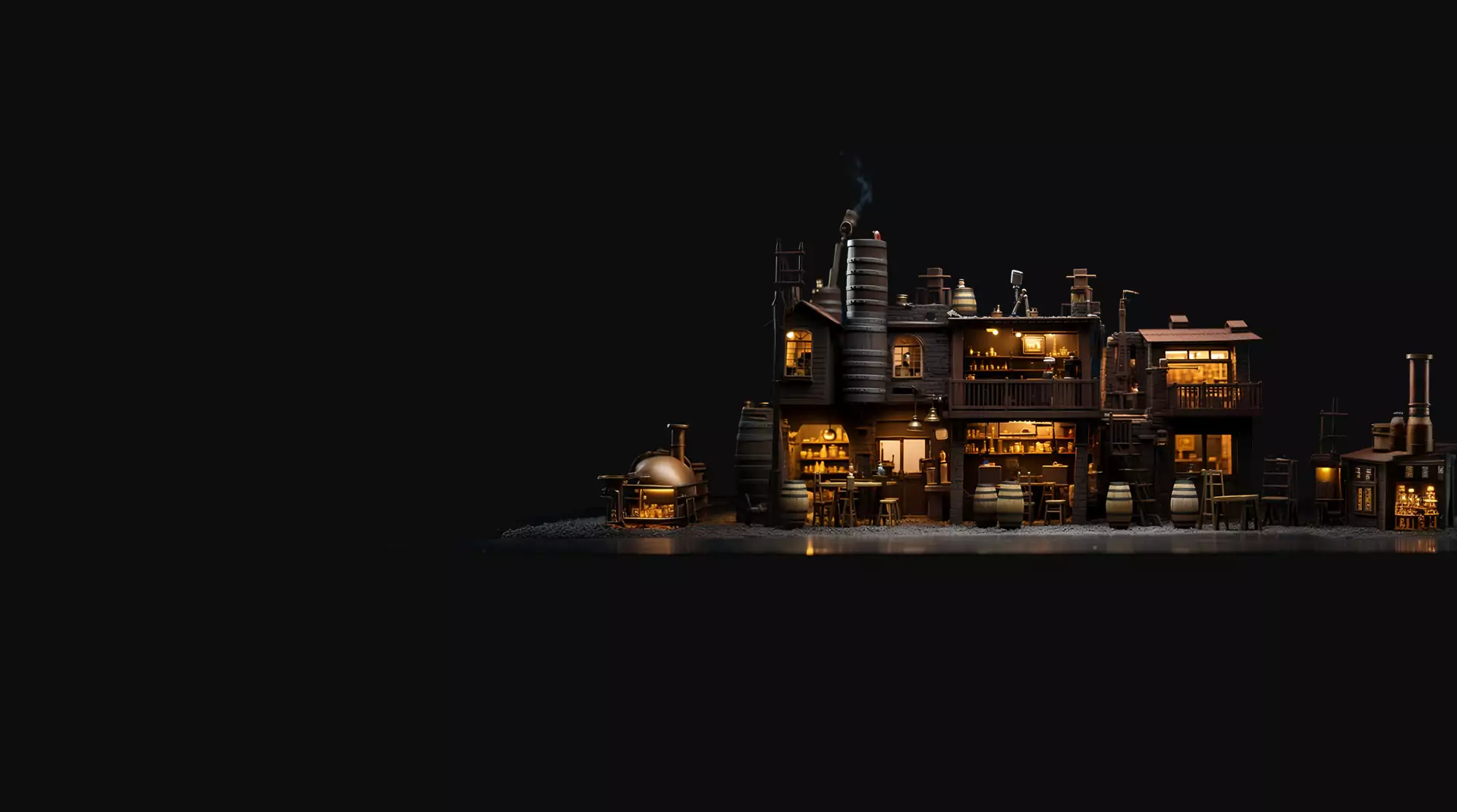
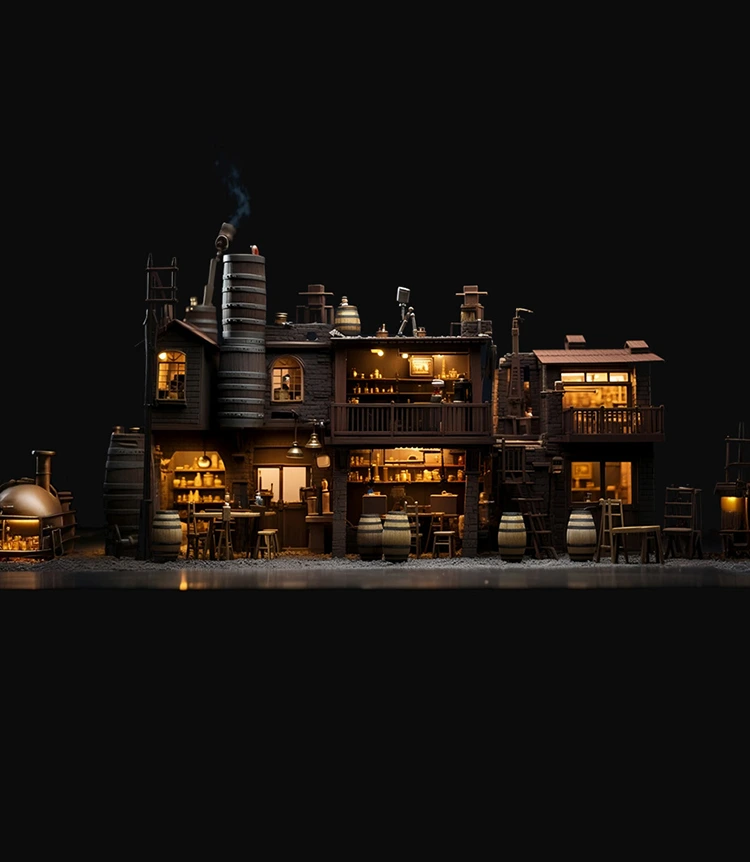
Which factors are the most unique to Alberta Distillers Ltd. in their process of making rye whisky?


CORRECT!
Correct, all of the above. Learn more about what makes Alberta Distillers so special here.


INCORRECT!
Actually, all of the above. Learn more about what makes Alberta Distillers so special here.
